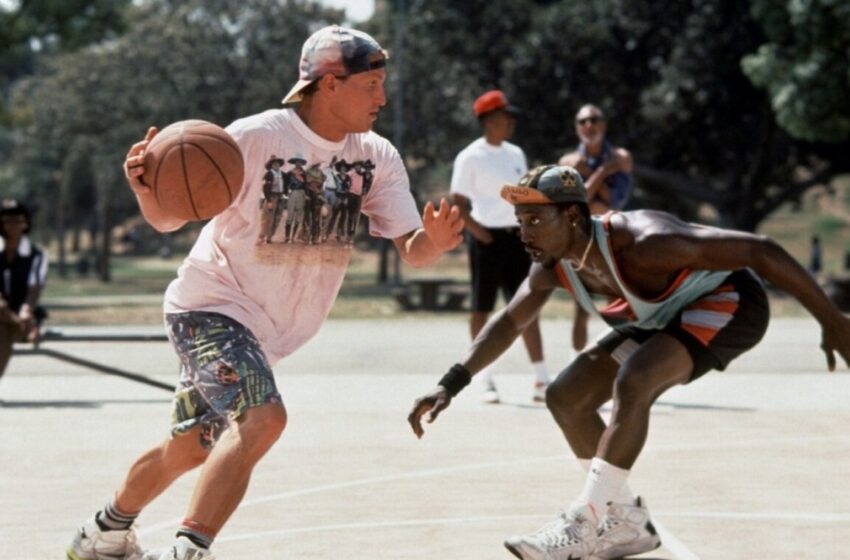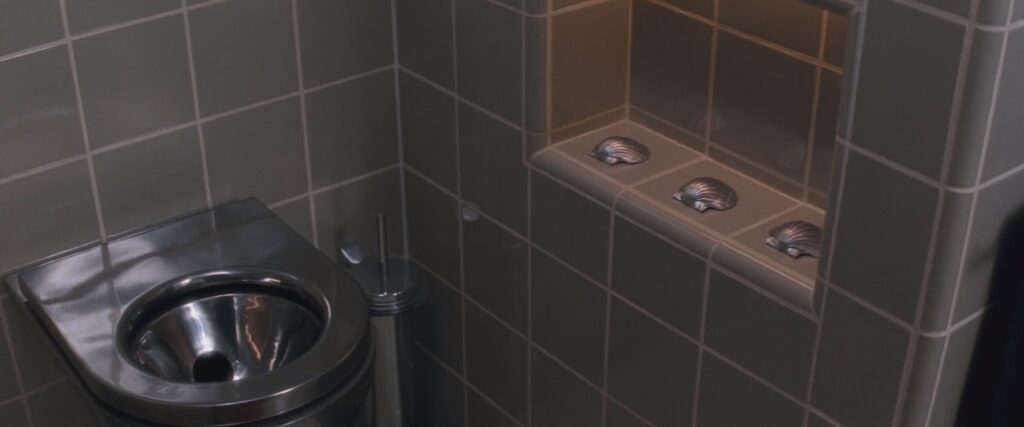
White Men Can’t Jump (1992): Ahead of it’s Time – Review

Sidney Deane is Your Role Model
Gravity has its set of rules, and so does street basketball – but that didn’t stop “White Men Can’t Jump” from breaking them. This isn’t a movie about mere hoops; it’s about hustle, relationships, pride, living in a culture oblivious to racial issues and the “comedic” cultural divides of ’90s Los Angeles. Directed by Ron Shelton, the film is a streetball saga and comedy powerhouse that answers the age-old question: can white people stop thinking about their own social and physical inadequacies?
Laying Up the Plot
Our story follows two charismatic hustlers: Sidney Deane (Wesley Snipes) and Billy Hoyle (Woody Harrelson). Sidney’s basketball prowess is only rivalled by his confidence, while Billy, a former college athlete with surprising skills, mainly suffers from an inflated ego and an empty wallet. These two, through a series of money-making games and colorful banter, form a bond that is both competitive and cooperative. Their rapport takes us through humorous bets, intense streetball tournaments, and the obligatory life lessons learned from each lost game or successful hustle.
Behind the B-Ball – Court-Side Production Insights
Ron Shelton, previously acclaimed for his adeptness in combining sports with screenplay in “Bull Durham,” brought authenticity to the courts of Venice Beach. Before “White Men Can’t Jump” became a cult classic, the games played on the sun-soaked courts of Venice Beach were already legendary. The film merely shone a Hollywood spotlight on it.
Harrelson and Snipes, neither of whom were NBA-ready by any stretch, trained intensely to lend authenticity to their roles. Harrelson, in particular, faced an uphill battle (or rather, an uphill court) in becoming Billy Hoyle. His training involved several weeks of intensive basketball coaching to get even remotely close to looking like a semi-pro. Rumor has it he paid his coach not just in money, but in humility, as he was schooled on the court day after day.
And Snipes? He brought a swag to Sidney Deane that’s more infectious than a catchy chorus. Apparently, Snipes’ natural athleticism helped, but the on-screen electric dynamics between the two leads wasn’t just good acting; off-set, they developed a genuine friendship that translated well to the screen.
Styling and Profiling – The ’90s Wardrobe
It would be an oversight not to mention the film’s wardrobe, which seems to scream ’90s louder than a Saturday morning cartoon lineup. From Sidney’s vibrant, gravity-defying hats (seriously, how did they stay on during those games?) to Billy’s penchant for wearing shirts that looked stolen from a failed boy band member, the attire was as much a part of the film’s narrative as the basketball itself.
A Symphony of Trash Talk
Beyond the game, the film’s dialogues deserve a league of their own. The trash talk isn’t just filler; it’s an art form. The witty back-and-forths, especially Billy’s attempts at understanding and mastering the art of “the dozens,” provide much of the film’s humor.
A Cultural Slam Dunk
At its heart, “White Men Can’t Jump” isn’t just a film about basketball. It delves into relationships, racial dynamics, and the lengths people go to for pride, money, and respect. Rosie Perez as Gloria, Billy’s girlfriend, steals scenes with her ambition to quench her thirst for knowledge, aiming to win big at “Jeopardy!” Her dynamic with Billy is both volatile and passionate, a counterpoint to the camaraderie seen on the court.
In all, “White Men Can’t Jump” is a court-side seat to ’90s culture, relationships, ego, and of course, the ever-present question of whether or not the titular statement is accurate. Through high-flying dunks, snappy dialogue, and genuine chemistry between its leads, the film remains a memorable trip down the nostalgic lane of retro sports cinema.




